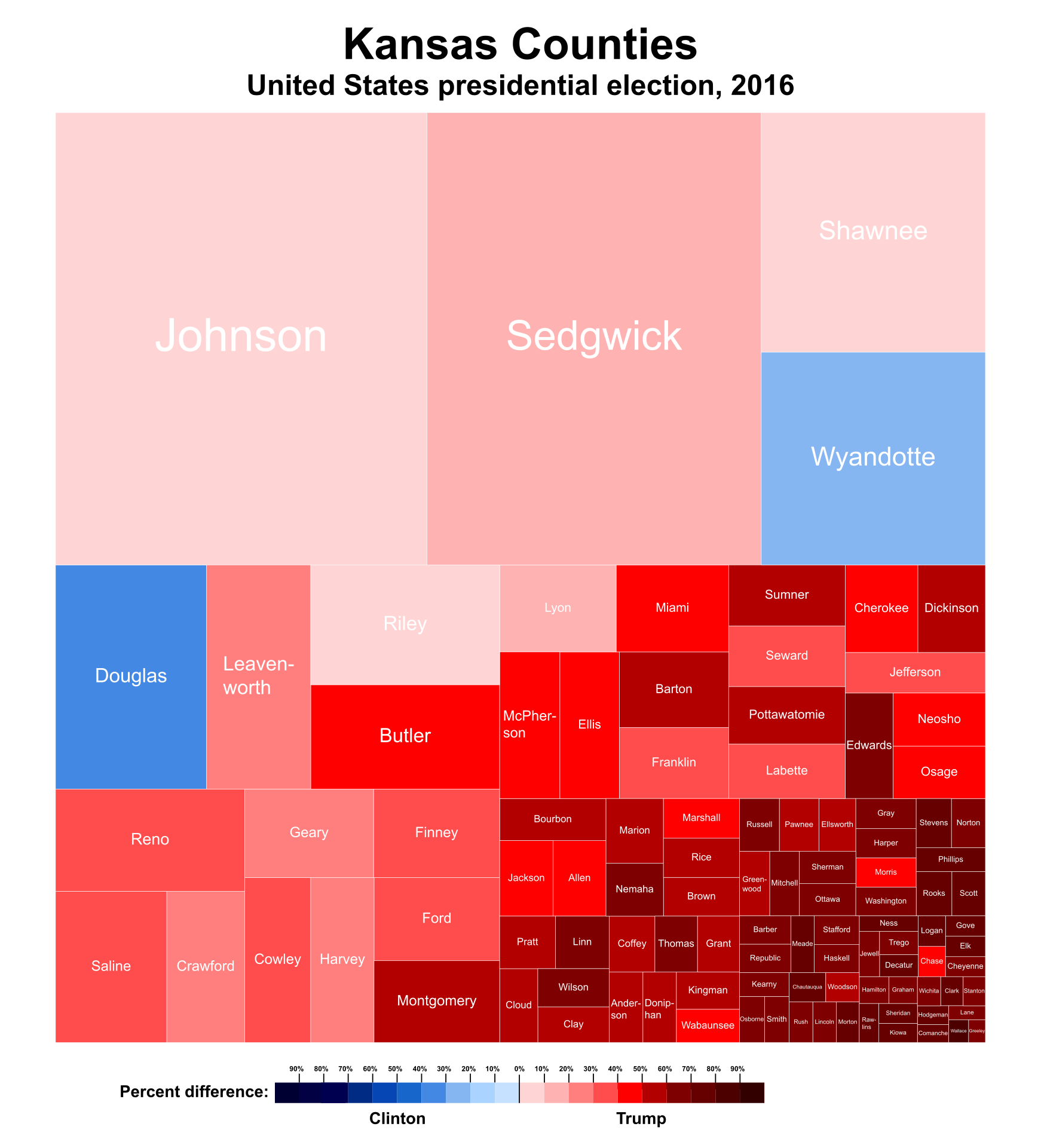Ya' Cousin Cleon
OG COUCH CORNER HUSTLA
WELLINGTON, Kan. — The seed of rebellion was planted in classrooms. It grew in kitchens and living rooms, in conversations between students and their parents.
It culminated when Collin Winter, 14, an eighth grader in McPherson, Kan., joined a classroom walkout in January. In the nearby town of Wellington, high schoolers staged a sit-in. Their parents organized in living rooms, at churches and in the back of machine repair shops. They showed up en masse to school board meetings. In neighborhoods with no political yard signs, homemade signs with dark red slash marks suddenly popped up.
Silicon Valley had come to small-town Kansas schools — and it was not going well.
“I want to just take my Chromebook back and tell them I’m not doing it anymore,” said Kallee Forslund, 16, a 10th grader in Wellington.
Eight months earlier, public schools near Wichita had rolled out a web-based platform and curriculum from Summit Learning. The Silicon Valley-based program promotes an educational approach called “personalized learning,” which uses online tools to customize education. The platform that Summit provides was developed by Facebook engineers. It is funded by Mark Zuckerberg, Facebook’s chief executive, and his wife, Priscilla Chan, a pediatrician.
Many families in the Kansas towns, which have grappled with underfunded public schools and deteriorating test scores, initially embraced the change. Under Summit’s program, students spend much of the day on their laptops and go online for lesson plans and quizzes, which they complete at their own pace. Teachers assist students with the work, hold mentoring sessions and lead special projects. The system is free to schools. The laptops are typically bought separately.
Then, students started coming home with headaches and hand cramps. Some said they felt more anxious. One child began having a recurrence of seizures. Another asked to bring her dad’s hunting earmuffs to class to block out classmates because work was now done largely alone.
“We’re allowing the computers to teach and the kids all looked like zombies,” said Tyson Koenig, a factory supervisor in McPherson, who visited his son’s fourth-grade class. In October, he pulled the 10-year-old out of the school.
In a school district survey of McPherson middle school parents released this month, 77 percent of respondents said they preferred their child not be in a classroom that uses Summit. More than 80 percent said their children had expressed concerns about the platform.
“Change rarely comes without some bumps in the road,” said Gordon Mohn, McPherson’s superintendent of schools. He added, “Students are becoming self-directed learners and are demonstrating greater ownership of their learning activities.”
John Buckendorf, Wellington High School’s principal, said the “vast majority of our parents are happy with the program.”
The resistance in Kansas is part of mounting nationwide opposition to Summit, which began trials of its system in public schools four years ago and is now in around 380 schools and used by 74,000 students. In Brooklyn, high school students walked out in November after their school started using Summit’s platform. In Indiana, Pa., after a survey by Indiana University of Pennsylvania found 70 percent of students wanted Summit dropped or made optional, the school board scaled it back and then voted this month to terminate it. And in Cheshire, Conn., the program was cut after protests in 2017.
“When there are frustrating situations, generally kids get over them, parents get over them, and they all move on,” said Mary Burnham, who has two grandchildren in Cheshire’s school district and started a petition to end Summit’s use. “Nobody got over this.”
Silicon Valley has tried to remake American education in its own image for years, even as many in tech eschew gadgets and software at home and flood into tech-free schools. Summit has been part of the leading edge of the movement, but the rebellion raises questions about a heavy reliance on tech in public schools.
For years, education experts have debated the merits of self-directed, online learning versus traditional teacher-led classrooms. Proponents argue that programs like Summit provide children, especially those in underserved towns, access to high-quality curriculums and teachers. Skeptics worry about screen time and argue that students miss out on important interpersonal lessons.


 it sounds as if they was experimenting on them!!!??
it sounds as if they was experimenting on them!!!??





 at having to use basic technological tools.
at having to use basic technological tools.
